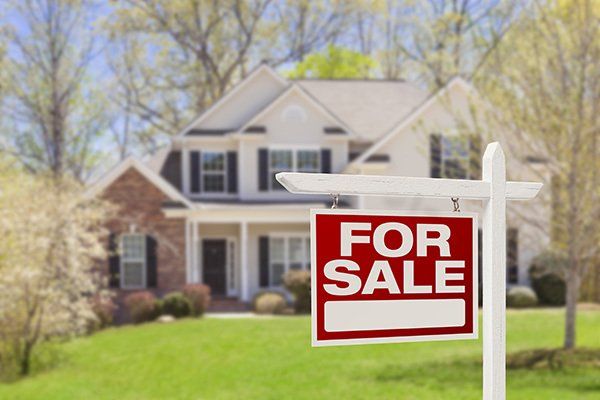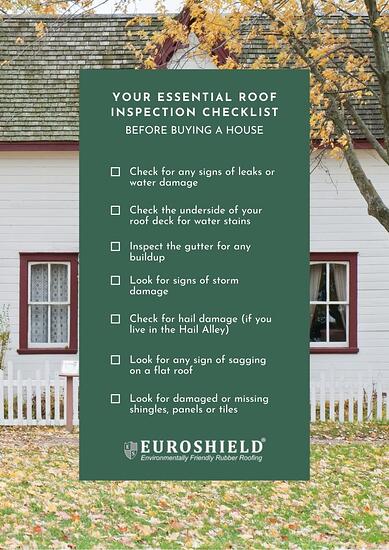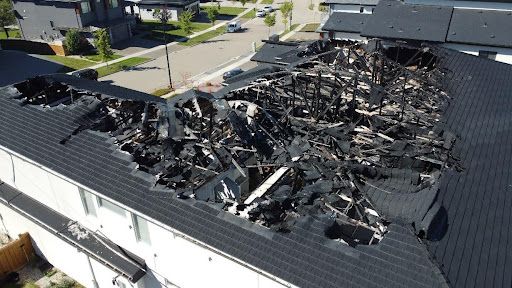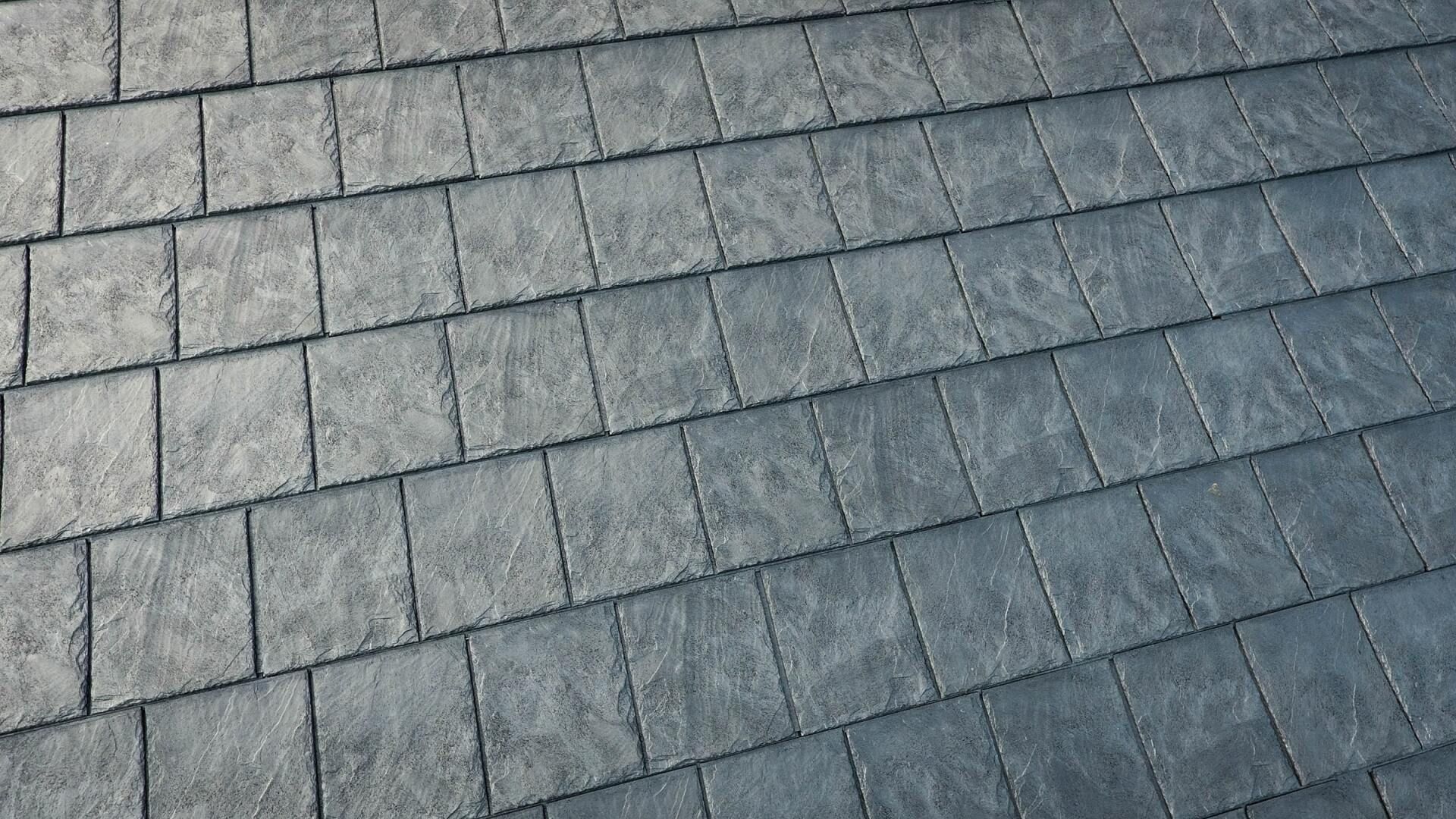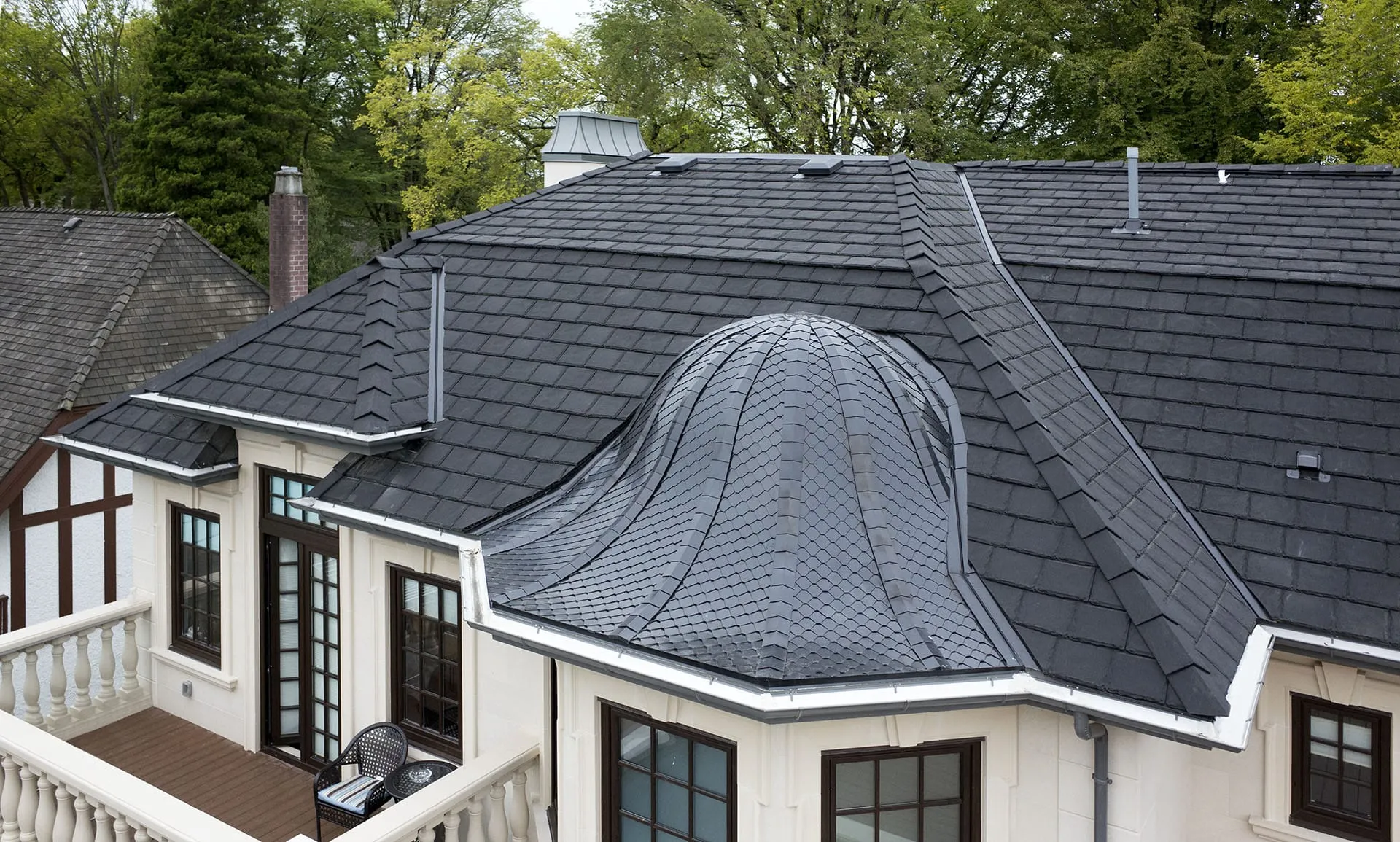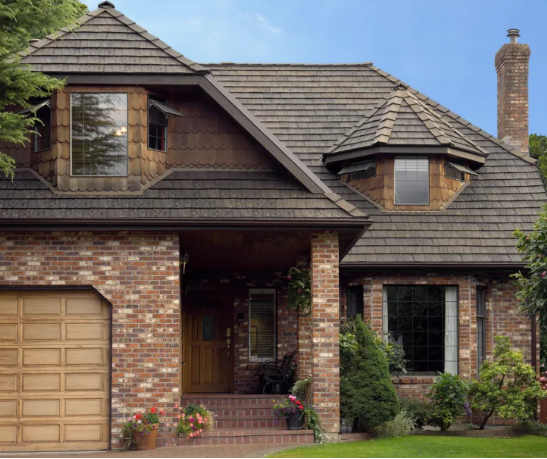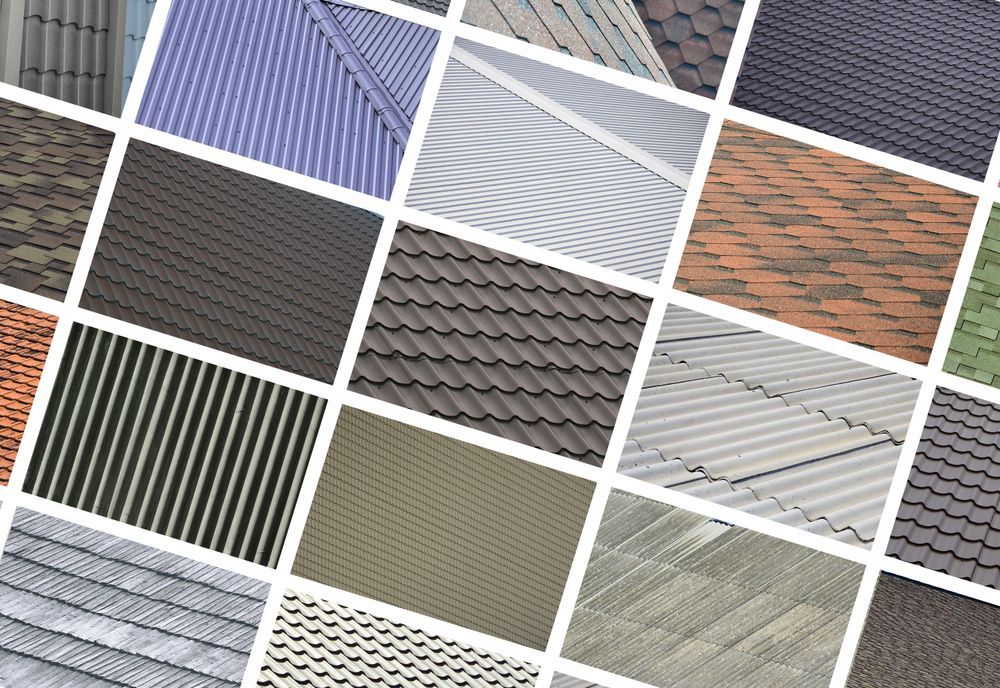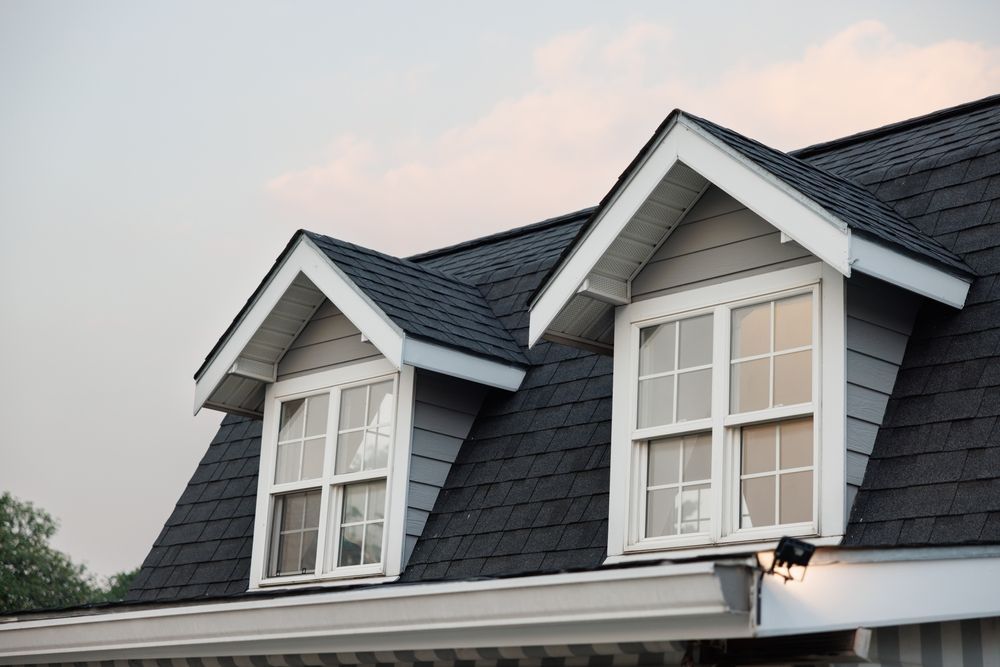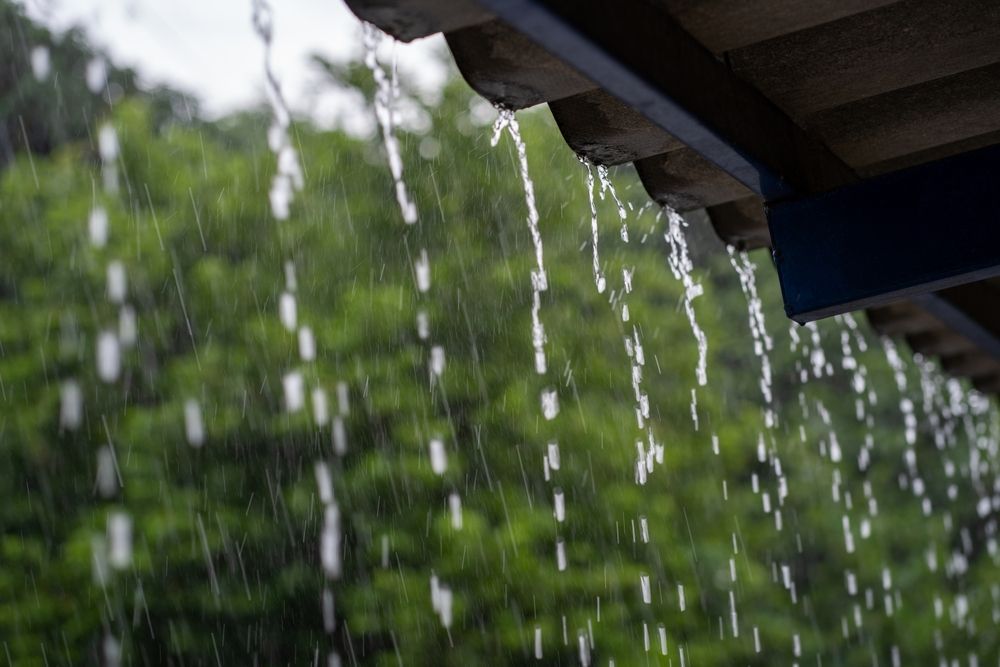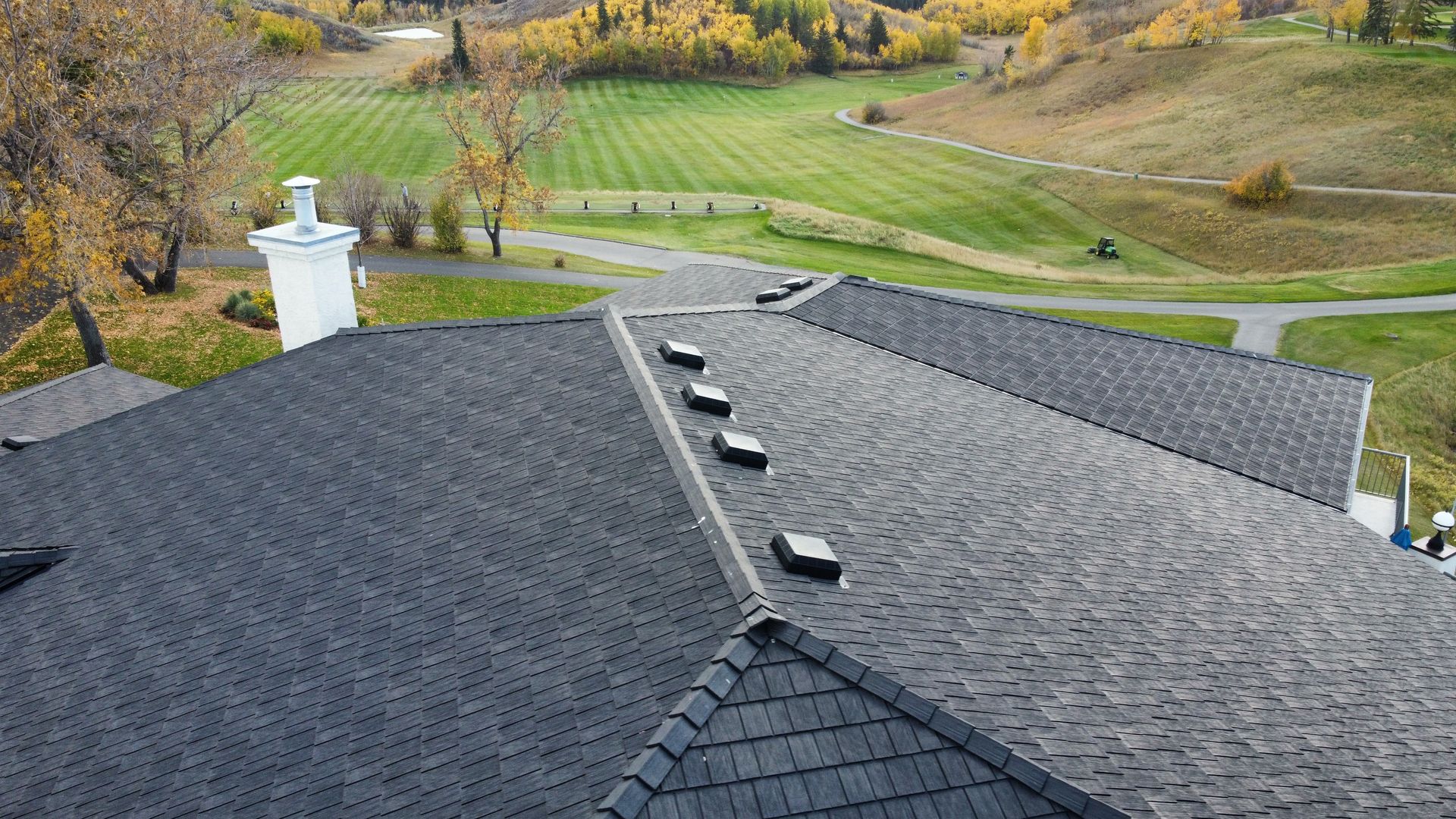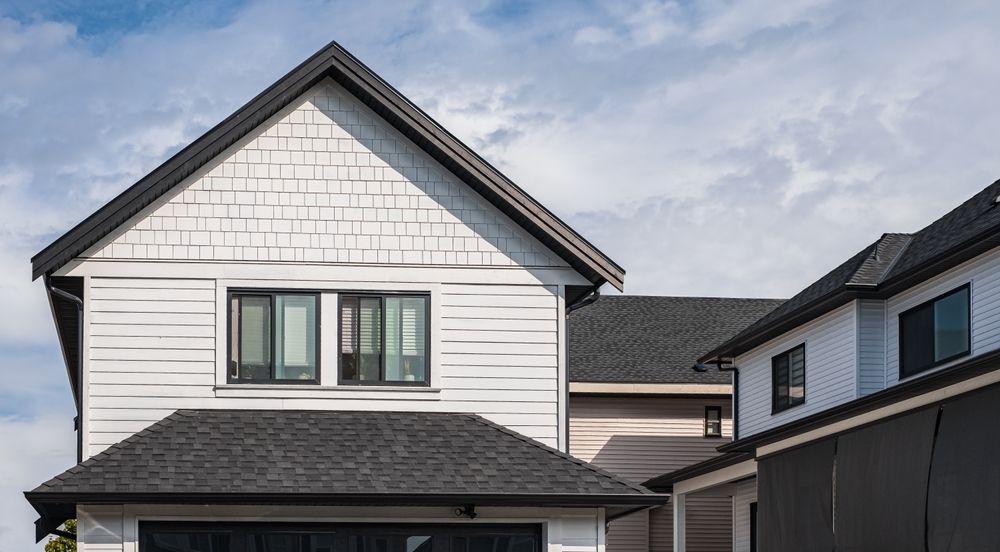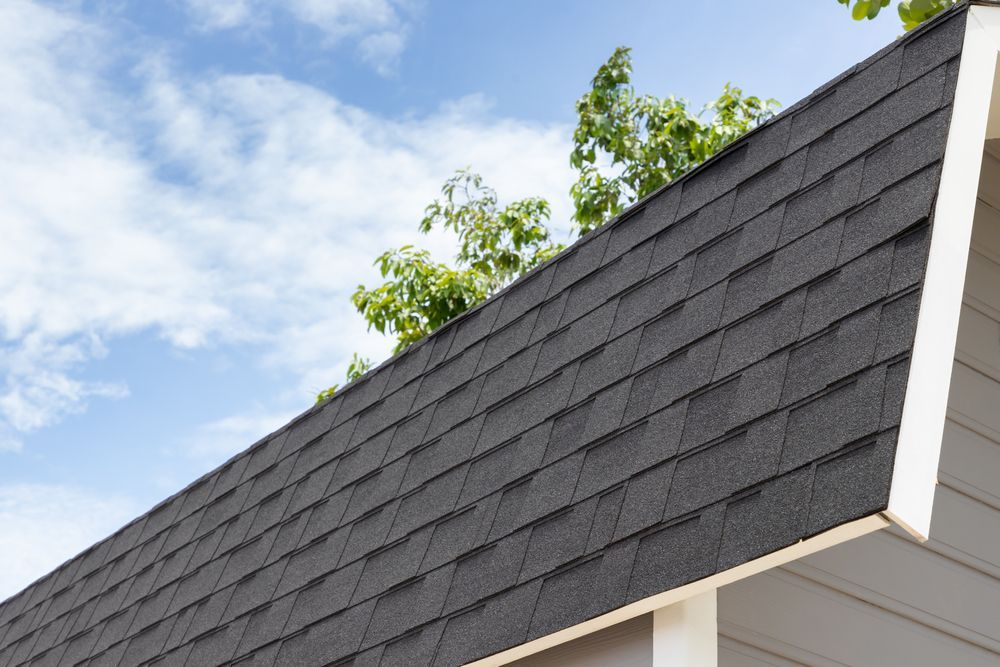For many people in the US and Canada, buying a new home is the single biggest financial decision they will make in their lives.
So, it’s critical to tick off all the “big-ticket items” with the house and make sure they are fit for purpose before you even consider buying.
Nothing with a new home is bigger than the roof! It’s the biggest deal-breaker of the lot: your first line of defence against the elements – wind, snow, hail, rain, sun. Overlooking its importance could be one of the biggest mistakes you make if you are looking to buy a new home.
Organize an inspection as a priority before committing. Mistakes with roofs can end up costing you tens of thousands of dollars and endless headaches – and the bargain you thought you were getting is suddenly not such a bargain.
You can perform a basic DIY inspection of the roof if you know what to look for. If you back this up with a more thorough inspection by a professional roofing contractor, you will likely sleep a lot easier.
The following provides more detail about what your DIY inspection should include, which additional details a professional inspector will be on the lookout for, and what to do if there are problems with the roof.
Roof inspection checklist
ROOF LEAK INSPECTION
Start with the obvious: are there any signs of leaks?
Check the inside of the house using a flashlight if necessary, to shine a light on any damp patches or other signs of leaks high on the walls, ceilings or in the attic.
Are there any stains, signs of mould or rot or other signs of water damage? If so, this could be a deal-breaker and you need to be aware of it.
UNDER-THE-ROOF INSPECTION
Check the underside of your roof deck? If there are signs of water stains, it could suggest leaks: again, a major red flag. Roofs and moisture retention never mix well – so be warned!
Check the condition of the flashings from the attic if possible. Flashings are the thin metal strips used in roof protrusions and intersections, and around the chimneys, pipes, skylights, and dormer windows.
ROOF AND GUTTER INSPECTION
Leaf buildup in the gutters can start to create water problems for a roof, especially in Autumn but they should be checked at any time of year. Leaves, twigs and other debris can gather and contribute to rot, mildew, or even structural damage.
Check the gutters and also where the water spouts discharge into to make sure the roof is channelling water away from the house effectively.
STORM DAMAGE INSPECTION
Do you live in an area of North America that frequently suffers from major storms?
These can be killers for roofs. Look for damaged or missing shingles, panels or tiles on your roof, for instance – an obvious sign of storm damage.
HAIL DAMAGE ROOF INSPECTION
If you live in the “hail alley” (the vast corridor in North America that most suffer from violent hail storms) you must check the roof for hail damage.
What does this look like?
- Metal panel roofs – dents, pocks, etc. that cause water to pool, leading to rust or leak problems
- Asphalt shingle roofs – circular, tear-drop-shaped, or pitted spots or cracks (“bruising”) causing it to absorb water and deteriorate
- Concrete roofs – chips, cracks, fractures or “spatter” marks on the concrete, allowing water to seep in
- Wooden (cedar shake) roofs – random damage or brown/orange-coloured splits, scrapes or indents in the shakes
- FLAT ROOF/ SHEATHING INSPECTION -
For flat roofs, an additional red flag to those described above is any sign of sagging. This can be difficult to spot from the ground.
Open pitch pans and membrane splits are other warning signs frequently seen on flat roofs. The pitch pans are metal boxes containing a sealer that protects supporting connections and irregular roof penetrations. Damage by cracking can compromise the roofing system and allow water in.
Depending on the climate, membranes can puncture or crack too, often from constant freezing and thawing.
The above DIY inspection measures should give you a good idea of where your roof is in its life cycle and how long before it will need repairs or replacing.
Bear in mind that if you spot any major problems from the ground, costly repairs are likely to be required in the near future. Unless you build that into your budget and have the cash available to organize such repairs, it might be best to move on.
Download Checklist
Why hire a professional roof inspector?
You’ve done your DIY inspection and everything looks in good order. Can you go ahead and buy with confidence now?
Not so fast.
You probably wouldn’t buy an expensive second-hand car by looking at the bodywork and the engine, even if you do fall in love with it during the test drive. You would get a professional mechanic to check “under the hood”.
The same applies to a roof. A professional inspector will thoroughly check all the major warning signs for roofs – and plenty more besides – and see things that most homeowners won’t notice from the ground.
Not only does this give you peace of mind – it can put you in a stronger negotiating position with the seller.
A professional inspector will provide a full report on the roof. If extensive roofing repairs or even a replacement roof are recommended, you can negotiate the price of the home-based on this independent assessment. This can save you money or at least help convince the homeowner to make the repairs or replacement before you buy, saving you time, inconvenience, and expense.
Without a professional roof inspection, you may be “buying blind” and, despite your initial DIY inspection, you could be left with a big repair bill.
Even if the seller has prepared a report on the condition of the home or your home inspector gives it the seal of approval, a separate, independent inspection for a roof over five years old may still be advisable to avoid nasty surprises.
Find An Installer
What’s on a professional roof inspector’s checklist?
Some types of roof damage are not visible to the untrained eye – especially from the ground.
A professional inspector may take up to a few hours to assess a roof and will be looking at the following four key facets:
- Structure
Structural issues can be catastrophic for a roof. Your inspector will check thoroughly for leaks, loose or missing pieces, rust, rot and sagging as well as soffit, fascia, gutters, chimneys, skylights and vented areas.
- Materials
Roofing materials will be checked for issues such as rust, cracked caulking, missing or damaged shingles/tiles/shakes/panels, problems with flashing or seals, as well as potential damage from moss or lichen.
- Workmanship
Many problems with roofs start with shoddy workmanship during the installation. If, for example, the installer skimped on nails for securing roofing materials or used substandard materials, this will be highlighted as a potential problem.
- Interior
Interior signs of water damage must be thoroughly checked and ticked off the list (stains, mould, rot, etc.) Overall, you can expect a far more detailed and hands-on inspection than your visual DIY inspection. Some inspectors even use a drone or infra-red technology to assist.
This “under the hood” inspection will look for unusual signs of wear and tear for the roof’s age (something most buyers cannot possibly know) and inform you of the true condition of the roof.
Should you buy a house with an old roof?
A house with an old roof doesn’t necessarily mean you should move on to the next one. Euroshield rubber roofs last 50 years or more. However, with most traditional roofs, much depends on:
- How well the roof was installed
- The materials used
- The climate in your area
- How well the homeowner maintained the roof
- Whether regular inspections and repairs were conducted
What to do if there are issues with the roof?
If the roof does show signs of wear and tear and repairs are needed, and you can show the owner a professional inspection report detailing this, you may be in a strong negotiating position.
You may need to organize the repairs yourself so factor this into your decision whether to buy or not.
While some standard roofs can last 30-40 years, poor installation or material choices can shave many years off the lifespan. This does not necessarily mean you walk away but it should influence the decision of how much you are prepared to pay.
Replacing a roof can be very expensive. Even repairs can run to many thousands. The key is to make sure you discover the true condition of the roof before you buy.
A roof inspection, therefore, should be considered a money-saver rather than a cost.
Euroshield® Limited Lifetime Warranty
If you are buying a house with a Euroshield® roof, we offer a transferable lifetime warranty.
With the recycled rubber materials we use on our roofs being practically indestructible (even from hail damage) you get the benefits of a warranty that is unmatched in the industry –protection against hail damage included.
Feel free to contact us via our contact form or call our toll-free number at (877) 387-7667.

